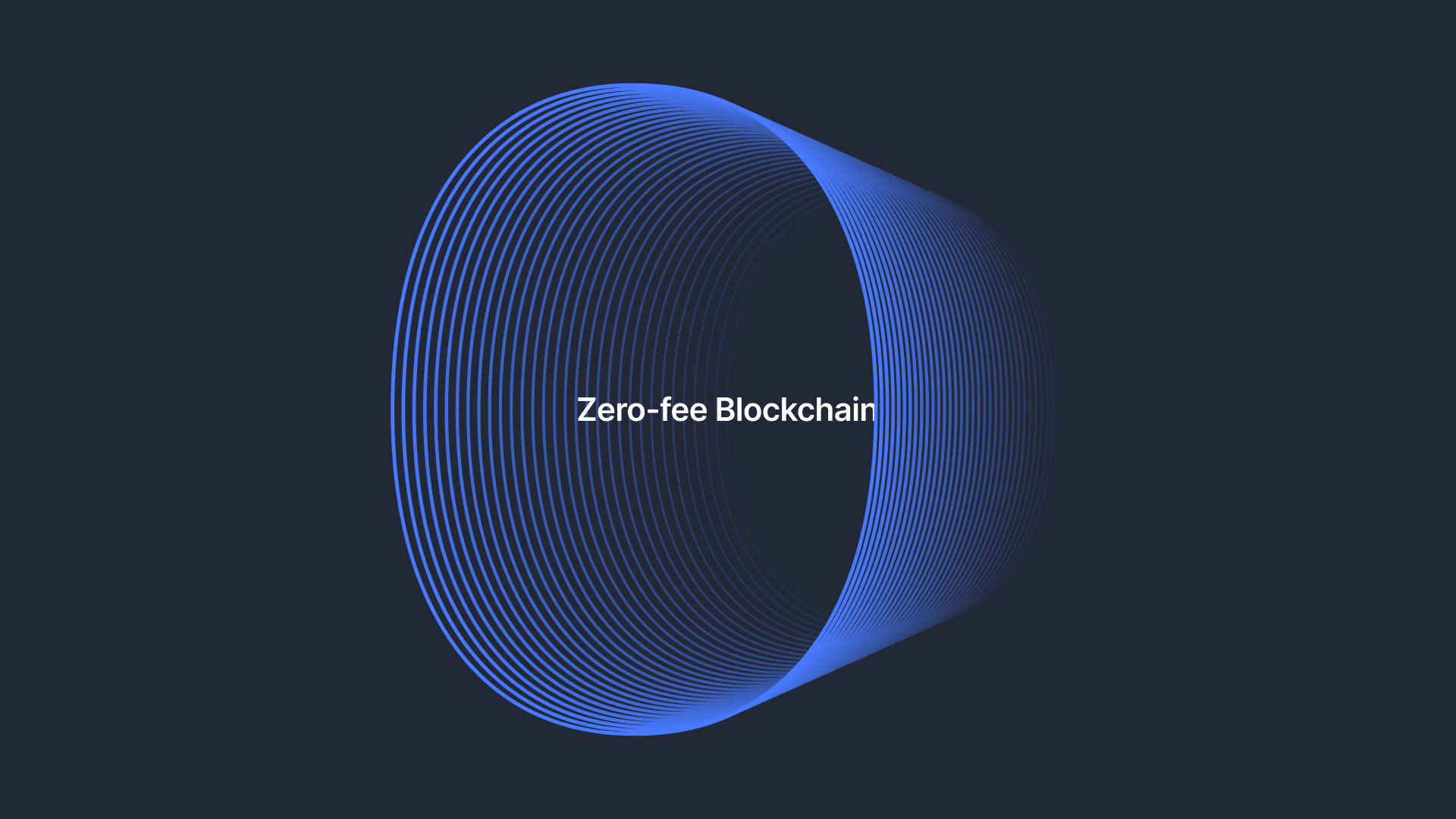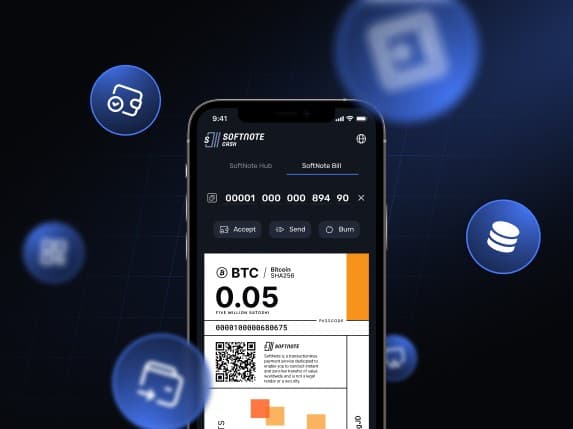Thanks to crypto, cross border payments are a reality; people can now send and receive money regardless of geographical or political restrictions. This article will outline some of the best crypto cross border payments.
Before going into the details, let’s examine what cross border payments are in crypto and the challenges facing traditional payment methods.
What Are Cross Border Payments in Crypto?
As the name states, cross border payments in crypto are any transactions involving the use of cryptocurrencies between two or more individuals separated by geopolitical boundaries.
Contrary to popular opinion, crypto cross border payments are not limited to just sending and receiving blockchain tokens.
Below are some possible scenarios showing how crypto cross border payments can work:
- Crypto-Crypto: In this case, the individuals involved simply send and receive cryptocurrencies. It is the most common and textbook crypto cross border payment method.
- Fiat-Crypto: Unlike the first case, the sender pays money to a merchant who sends cryptocurrencies to the recipient. This is common with P2P trading or crypto off-ramps.
- Crypto-Fiat: The third option can continue the second method, whereby the receiver gets cryptocurrencies and sells them to a merchant for cash. Alternatively, he can trade his crypto via a peer-to-peer platform.
These are the basics of most crypto cross border payments. They apply to modern crypto payment gateways. However, these recent methods do all the work and settle users in either crypto or cash.
Challenges of Traditional Cross Border Payments
More people are turning to crypto cross border payments because traditional options are not good enough. They are either restrictive, expensive, slow, or all of the aforementioned.
For emphasis, here are the challenges of legacy cross border payments like banks:
- Slow transfers: You do not want to be in an emergency, and need financial support from someone abroad and trust banks to do it for you. No matter how important your situation is, you must wait for 1-5 working days.
- High transaction cost: Despite waiting that long to send or receive money, banks will still charge you cut-throat fees. While some banks can charge as much as 3-5% fees, others typically have a fixed range they’ll demand, depending on how much you are sending.
- Significant restriction: Even if you are willing to meet these requirements above, there are still no guarantees that you’ll be able to send or receive funds internationally. Countries use financial sanctions for various political purposes. If you are unlucky, the person sending or receiving money to/from you may reside in those sanctioned countries.
The Role of Blockchain in Cryptocurrency Cross-Border Transactions

Blockchain plays a significant role in enabling crypto cross border payments. As we’re well aware, cryptocurrency transactions occur on a blockchain network.
In addition, blockchain networks are decentralized – meaning that no single entity controls them. This lack of central authority means no government can restrict or prevent people from transacting cryptocurrencies.
For proper comparison, here is how blockchain-based solutions compare to wire transfers:
| Blockchain-based solutions | Conventional wire transfers |
| Transactions are permanent and irreversible | Banks can cancel or reverse transactions |
| The network is decentralized with no central authority | Commercial and central banks serve as central points of authority |
| While traditional blockchain transfers can be pricey, newer blockchain financial solutions are far cheaper. | Banks typically charge between 2-5% fee on international transfers, with some having a fixed range. |
| Transactions are usually instant or take a few hours. | Banks require between 24 hours and 5 working days to process international transfers. |
| Anyone with a blockchain wallet can send and receive cryptocurrencies regardless of their geopolitical location | Individuals in certain regions are restricted from using popular transfer mediums like SWIFT |
Best Crypto Cross-Border Payments
The best blockchain networks for cryptocurrency cross border payments offer you the best of transacting in crypto and fiat.
Here are features to consider when choosing a cryptocurrency payment method for international transfers:
- Ease of use: The average person should use the crypto cross border payment without technical expertise. Anyone who can use the traditional banking system must be able to send and receive money through a blockchain-based solution.
- Significantly cheap fees: A proper crypto international payment solution should offer competitive fees, especially when compared to banks. Otherwise, it makes no sense to use an alternative option to the one people are more familiar with.
- Speedy transaction time: For people to consider cryptocurrency payments as credible alternatives, it has to be significantly better than legacy systems. One way to show this is by enabling instant or near-instant transaction speed during cross-border transactions.
Considering the criteria above, here are the best crypto cross border payments:
- Ripple (XRP): Ripple offers fast and cost-effective cross-border transactions, appealing to businesses and individuals alike. Its XRP token ensures seamless transfers without the delays typical of traditional banking systems. By focusing on real-time settlement, Ripple stands out as a leader in global payment solutions.
- Stellar (XLM): Stellar provides affordable and swift international money transfers with minimal fees for users. Designed for inclusivity, it allows even small transactions to be processed efficiently across borders. With a focus on scalability, Stellar supports high transaction volumes while maintaining speed.
- Tectum SoftNote: Tectum SoftNote combines security and efficiency for reliable cross-border payments using blockchain tech. Built on the fastest blockchain, it prioritizes user-friendly interfaces, making crypto transfers accessible to those new to digital assets. By integrating fiat and crypto options, Tectum bridges the gap between traditional finance and modern solutions.
Benefits of Using Cryptocurrency Cross-Border Payment Methods

There are several benefits of using crypto cross border payments, especially when compared to traditional banks. In general, blockchain-based solutions are typically more efficient and available to everyone globally.
For context, here are the advantages of using cryptocurrency-related solutions for international transactions:
- Reduced transaction costs: Crypto significantly lowers fees compared to traditional banking systems. This makes it ideal for international transfers. By eliminating intermediaries, users save money that would otherwise go to banks or payment processors. For businesses and individuals alike, lower costs make crypto an attractive option for global transactions.
- Faster settlement times: Cryptocurrency transactions settle much quicker than legacy systems, which can take days. Blockchain networks process payments in minutes or even seconds, ensuring funds arrive promptly. This speed is crucial for time-sensitive transactions and improves cash flow management for businesses.
- Increased accessibility for unbanked populations: Crypto provides financial access to people without traditional bank accounts. All they need is internet access. It bridges the gap for those excluded from conventional banking systems, empowering global inclusion. Unbanked populations can now participate in the global economy through decentralized finance solutions.
- Enhanced security and transparency: Blockchain ensures secure and transparent transactions through cryptographic protocols. Every transaction is recorded on a public ledger, making it tamper-proof and traceable. This level of transparency builds trust and reduces the risk of fraud in cross-border payments.
Future Trends in Cross Border Payments
In the coming years, crypto cross border payments will become more popular. These transaction methods will become so prominent that they will be considered mainstream. While this general acceptance is a feel-good factor, it will come with the eyes of the authorities.
As crypto payments become mainstream, there will be more regulatory demands from the governments. However, their attention will focus more on revenue generation than actually trying to understand and regulate the technology.
Should this be the case, blockchain will have to choose between protecting users or abiding by the authorities’ demands.











